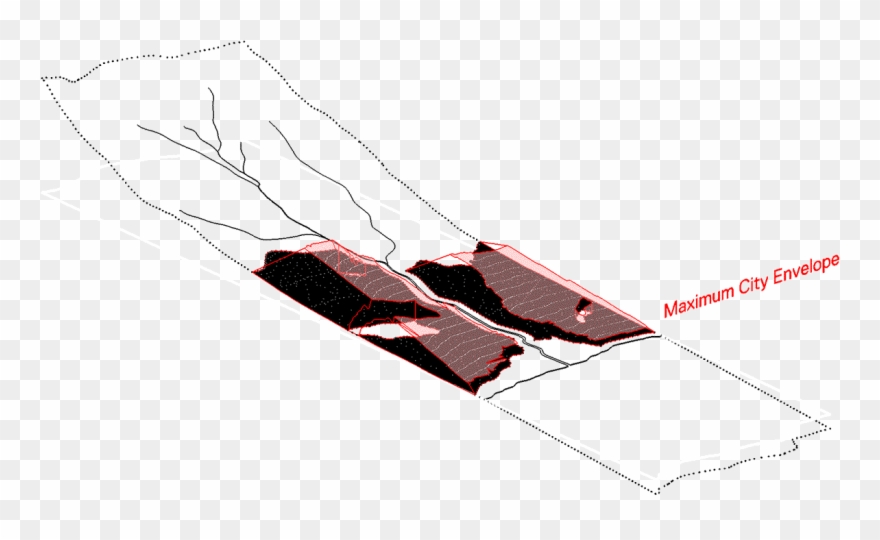Custom Udon

Udon, a thick, chewy Japanese noodle, has captivated food enthusiasts worldwide with its versatility and unique texture. Beyond its humble beginnings as a simple staple, udon has evolved into a culinary art form, especially with the rise of custom udon experiences. This article delves into the world of custom udon, exploring its history, the art of customization, and the immersive dining experiences it offers.
The Evolution of Udon: From Traditional Staple to Customized Delicacy

Udon's journey from a staple food to a customizable delicacy is a testament to its enduring popularity and versatility. Originating in the Heian period (794-1185), udon has been a staple in Japanese cuisine for centuries. Traditionally, udon was a simple dish, often served in a light broth with a few toppings like scallions or a soft-boiled egg. However, over time, udon evolved, with different regions developing unique styles and flavors.
The Kansai region, for instance, is known for its Kake Udon, a simple yet comforting dish with a light broth and a sprinkle of scallions. In contrast, the Kanto region boasts the heartier Kitsune Udon, named after the fox-like appearance of the fried tofu topping. As udon spread across Japan, each region put its unique stamp on the dish, from the thick, chewy Inaniwa Udon of Akita to the delicate, translucent Ishikari Udon of Hokkaido.
In recent years, udon has undergone a transformation, moving from a traditional staple to a canvas for creativity and customization. This shift is largely driven by the rising popularity of specialty restaurants and pop-up kitchens, where chefs experiment with unique toppings, sauces, and serving styles.
One notable example is the emergence of Tare Udon, where a thick, flavorful sauce is poured over the noodles, often accompanied by a variety of toppings like grilled chicken, tempura, or a soft-boiled egg. This style, popularized by restaurants like Udon Noodle Bar and Kobo, has become a favorite among udon enthusiasts, offering a heartier, more filling meal.
The Art of Customization: Creating Your Perfect Bowl of Udon

The art of customizing udon involves a delicate balance of flavor, texture, and presentation. At the heart of customization is the noodle itself, with chefs offering a choice of thickness and chewiness. Thicker noodles tend to have a heartier texture, perfect for soaking up robust sauces, while thinner noodles offer a lighter, more delicate mouthfeel.
The choice of broth or sauce is another crucial element. From a light, savory dashi broth to a rich, soy-based tare sauce, the broth or sauce sets the tone for the entire dish. Chefs often offer a range of options, from traditional favorites like a simple soy-dashi broth to more adventurous choices like a spicy chili-soy sauce or a rich, umami-packed mushroom broth.
| Broth/Sauce Type | Description |
|---|---|
| Dashi Broth | Light, savory broth made from kombu seaweed and bonito flakes. |
| Soy-Based Tare Sauce | Thick, flavorful sauce made with soy sauce, mirin, and dashi. |
| Chili-Soy Sauce | Spicy twist on the traditional tare sauce, with added chili peppers. |
| Mushroom Broth | Rich, umami-packed broth made from a variety of mushrooms. |

Toppings are the final piece of the customization puzzle, adding flavor, texture, and visual appeal. Traditional toppings like scallions, fried tofu, and soft-boiled eggs remain popular, but chefs also offer a range of creative options. These might include grilled meats like chicken or beef, tempura-fried seafood or vegetables, or even unique additions like nori (seaweed) flakes or shichimi (seven-spice) pepper.
Immersive Dining Experiences: Beyond the Bowl
Custom udon experiences offer more than just a delicious meal; they provide an immersive culinary journey. Many specialty udon restaurants create an atmosphere that transports diners to Japan, with traditional decor, soft jazz, and the soothing sound of bubbling broth.
The experience often begins with a choice of noodle thickness and type of broth or sauce. Diners are then guided through a selection of toppings, with chefs offering suggestions based on personal preferences and dietary restrictions. This interactive process allows diners to feel involved in the creation of their meal, adding a layer of engagement to the dining experience.
Once the udon is prepared, it's often served with a side of garnishes and condiments, allowing diners to further customize their dish. These might include a variety of sauces, such as a spicy chili oil or a tangy citrus dressing, as well as garnishes like sesame seeds, nori flakes, or a sprinkle of sansho pepper.
The culmination of this immersive experience is a bowl of udon that is a unique reflection of the diner's taste and preferences. Whether it's a hearty Tare Udon with thick noodles and a rich soy sauce, or a lighter Kake Udon with thin noodles and a simple dashi broth, each bowl tells a story of the diner's journey through the world of udon.
Frequently Asked Questions
How does the customization process work in udon restaurants?
+In most udon restaurants offering customization, the process begins with a menu that guides diners through the options. This typically includes a choice of noodle thickness, broth or sauce, and various toppings. Chefs often provide recommendations based on the diner’s preferences, and some restaurants even offer tasting samples to help diners make their choices.
Are there any dietary restrictions that can be accommodated with custom udon?
+Absolutely! Many udon restaurants are accommodating to various dietary restrictions. For instance, vegetarians can opt for vegetable-based broths and toppings like grilled tofu or tempura vegetables. Gluten-free diners can often find gluten-free noodles, and those with dietary restrictions can inquire about specific ingredients to ensure their meal is tailored to their needs.
What are some unique toppings that can enhance the flavor of custom udon?
+Some unique toppings that can elevate the flavor of custom udon include grilled wagyu beef, soft-boiled quail eggs, or even truffle-infused oil. For a touch of spice, consider chili-stuffed shishito peppers or a sprinkle of sansho pepper. For a fresh, crunchy texture, try adding pickled vegetables or a sprinkle of nori flakes.


